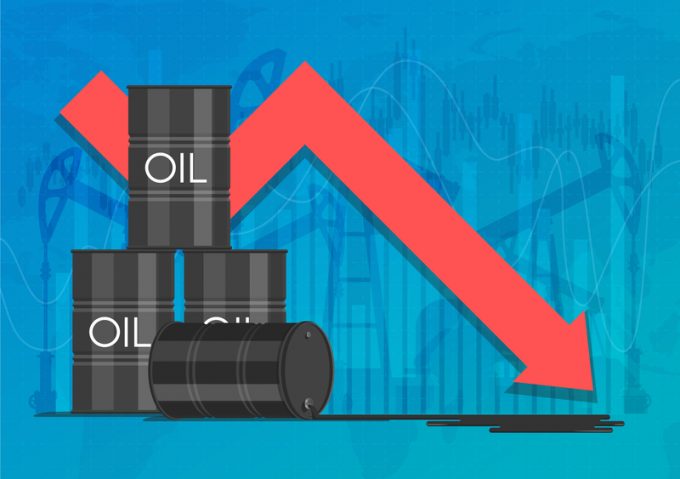CMA CGM targets auto sector via Ceva ro-ro transhipment services
Transporting finished vehicles appears to have become a new growth bet for cash-rich mega-container lines ...

Ocean carriers are officially scrapping the low-sulphur fuel surcharges introduced last year to mitigate the impact of the 1 January IMO 0.5% sulphur cap regulations on marine fuel.
Maintaining low-sulphur surcharges as fuel prices plunged has been a bone of contention for shippers, who have criticised carriers for being slow to ditch the additional fee.
In a customer advisory on Tuesday, CMA CGM said its LSS20 (low-sulphur surcharge) in place since 1 December 2019, would no longer be applicable.
“As from 1 October ...
Trump tariffs see hundreds of cancelled container bookings a day from Asia
'Disastrous' DSV-Schenker merger would 'disrupt European haulage market'
'To ship or not to ship', the question for US importers amid tariff uncertainty
'Chaos after chaos' coming from de minimis changes and more tariffs
List of blanked transpac sailings grows as trade war heats up and demand cools
EC approves DSV takeover of DB Schenker
Shippers in Asia restart ocean shipment bookings – but not from China
Forto 'sharpens commercial priorities' as it lays off one-third of staff
India withdraws access for Bangladesh transhipments, in 'very harmful' decision
'Tariff hell' leaves industries in limbo – 'not a great environment to plan'
IndiGo fleet expansion plan will include a major push to boost cargo volumes
Pre-tariff rush of goods from US to China sees air rates soar, but not for long

Comment on this article